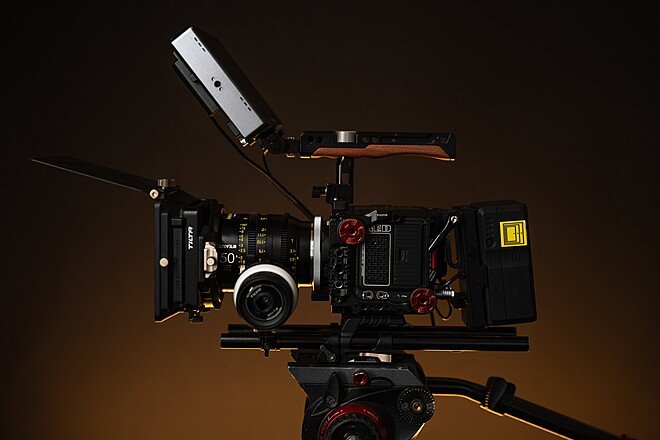How do you choose the right camera and lens?
Photo by Brivel Bariki
In the world of filmmaking, the story you want to tell is as important as the tools you choose to tell it with. Selecting the appropriate cinema camera and lens for a project is as critical as the narrative itself. The gear you use will profoundly influence, not only, the technical quality of your shots but the very storytelling of your film. We are blessed to live in a time where cinema cameras have become more accessible than ever before, which makes choosing the right one an overwhelming task.
Understanding Cinema Cameras
Photo by Brivel Bariki
Types and Features:
Different types of cinema cameras offer unique features suited to various filming needs. Brands like ARRI, RED, Sony, Blackmagic, and Kinefinity each bring their own specializations in terms of sensor size, resolution, and color science. For instance, the ARRI Mini and Mini LF, known for their exceptional color rendition and dynamic range, are ideal for high-budget feature films and commercials. Similarly, the RED Komodo and Raptor series offer distinctive advantages in resolution. Sony offers their Venice line for their high dynamic range sensors and adaptability. Meanwhile, cameras like Sony’s FX line are often preferred for their versatility in documentary settings or run-and-gun projects.
Factors to Consider:
Purpose: What is the project asking for—whether it’s a documentary, a feature film, or commercial work, each genre has distinct requirements for image quality, sound, and even the type of shooting environment.
Budget: It's important to balance what you can afford and the quality you are trying to achieve. Remember, investing in a camera involves ancillary costs like lenses, batteries, and memory cards. Before you rent, find out what your budget is.
Sensor: The heart of the camera, the sensor, affects almost every aspect of your image quality and size. Larger sensors generally offer better low-light performance and some come with a wider dynamic range but can also come at a higher cost and size at time.
Format: The format of your video—aspect ratio and resolution—plays a crucial role in how your story is perceived. High-resolution deliverables like 4K are becoming standard but storage and editing requirements should be considered.
Final Exhibition & VFX Needs: What resolution and dynamic range do you need to meet your final output and visual effects requirements?
Anamorphic Compatibility: If shooting anamorphic, ensure the camera supports recording in ratios like 3:2 or 4:3 to utilize the entire sensor area.
Codec and Storage: Consider the codec that best fits your workflow and assess how it impacts your storage and editing processes.
External Specifications and Ergonomics
Choosing for Comfort and Practicality: The physical size and ergonomics of your camera matter significantly, especially if you're shooting handheld or using a gimbal. Compact cameras like the ARRI Alexa Mini or Sony FX6 offer flexibility while still accommodating essential accessories.
Evaluating Accessory Support: Think about lens mount options, internal ND filters, and outputs necessary for monitoring and power, tripod, easy rig.
The Role of Cinema Lenses
Types of Lenses:
Choosing the right lens can be an overwhelming task, especially as the choice of available choices seems to expand each year. To simplify your decision, consider focusing on three main types: prime lenses, zoom lenses, and anamorphic lenses, then, choose between modern or vintage glass. Each type of lens will affect the visual style of your film.
If you aim for a clean or vintage aesthetic, prime lenses, known for their sharpness and depth, can enhance artistic shots. Zoom lenses offer flexibility, which is particularly valuable in dynamic shooting scenarios. For a cinematic flair with unique bokeh, consider anamorphic lenses. Whether you opt for modern or vintage glass, prime or zoom, Stellar Cine’s expert cinematographers and experienced gear techs can help your crew make the right choice for your project.
Conclusion:
Choosing the right cinema camera and lens setup is an integral part of the filmmaking process, as crucial as selecting your cast or location. This decision should be guided by both your technical needs and artistic vision, ensuring that every aspect of the production contributes cohesively to the storytelling.









